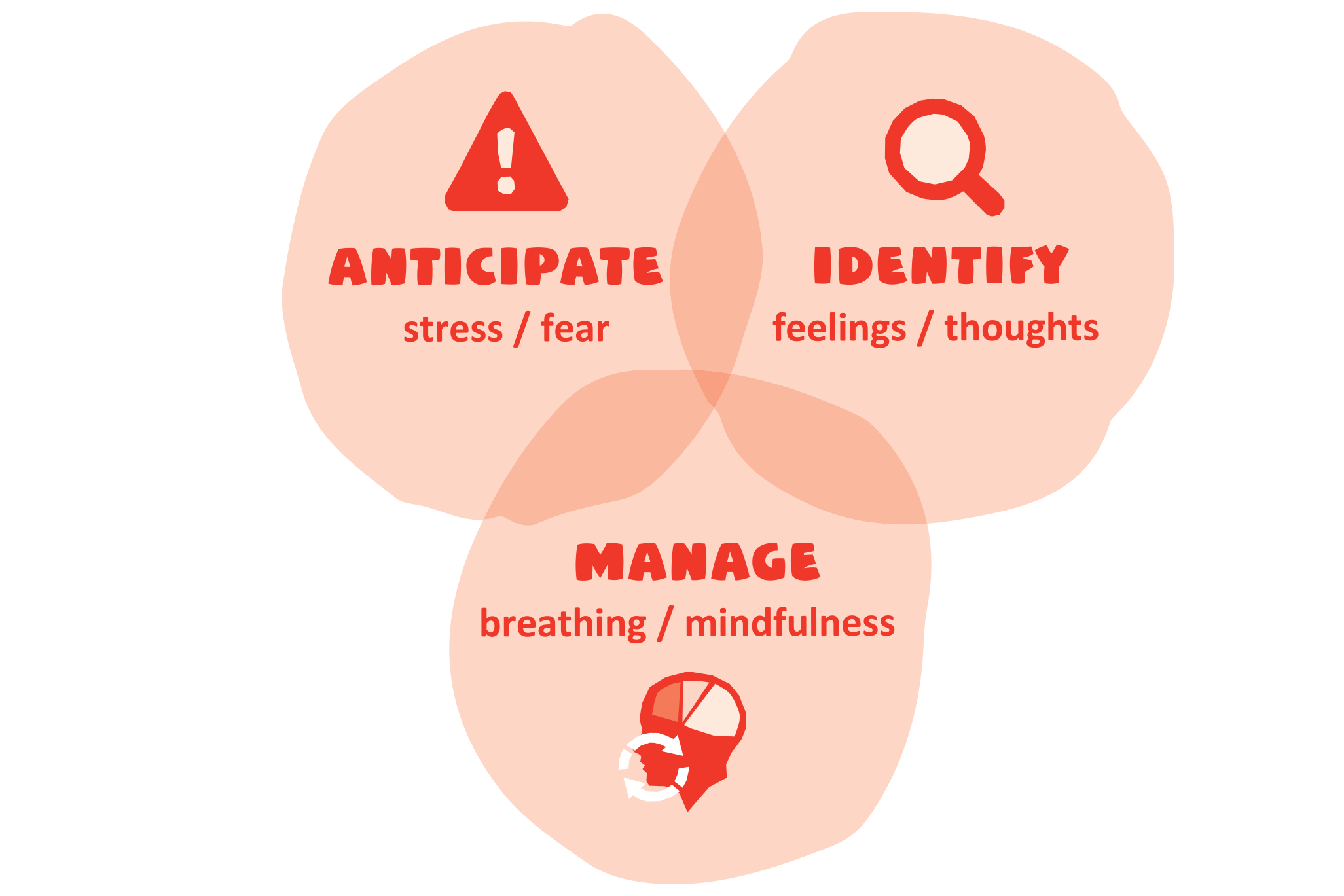

Extreme weather events, such as floods and fires, can pose a threat to us, and the way we live.
These events can prompt our minds and bodies to be on high alert. Whilst this is a very natural and common reaction that can help us to be ready to respond to the stressful situation, it can take a toll on our health and wellbeing, especially if we feel this way for a long period of time.
These are some tips for people who might be experiencing high stress following a sustained level of threat.
When we face a threat that may involve mental or physical challenges and the potential for injury or emotional distress, the body instinctively and quickly reacts to help us deal with the situation.
Our body releases the chemical adrenalin which can trigger changes within our brain, nervous system, blood circulation, muscle tension, as well as mental functioning and our emotional state. This is a type of ‘emergency alert mode’, often described as the “fight or flight” response.
Some of the signs of this mode are:
These reactions can prepare us to perform at our best mentally and physically when the emergency arrives. It is helpful to channel our thinking toward preparing for what needs to be done, rather than becoming overwhelmed with the fear of what might happen.
In addition to the practical tasks and actions that prepare our surroundings for safety and survival, we can also prepare our minds to help us manage the stress so that we can think clearly and make better decisions.
This simple technique, known as AIM – Anticipate, Identify and Manage – can help us manage stress during an emergency.

Anticipate what might cause you stress “being separated from family", "the noise of the wind”; write these down.
Identify how you might react to these things. “I get quiet and withdrawn”, “My heart starts to race”; write these down.
Think how you might Manage these reactions. Deep breathing. Using reassuring words: “I can do this”, “I’m prepared for this”, “We are going to get through this”.
When the threat is over, it is important to be aware that you might feel physically and emotionally drained. Some people describe “feeling like you have hit the wall”.
This often happens when levels of adrenaline subside and we can feel exhausted, weak or numb. Some people may experience a vulnerability for illnesses or chronic pain after high-stress events. This impact may last a few hours, a few days or longer.
You can help transition out of emergency threat mode by:
There are many situations where the threat could be ongoing or recurring. Some emergencies have a long lead time, such as riverine flooding moving downstream, cyclones forming off the coast. Others may have an ongoing threat and uncertainty, such as an uncontained bushfires. Many communities have also lived through multiple disasters and threats (including COVID), which can impact on our capacity to deal with stress. We can be sensitive to triggers such as warnings of fire, cyclone or flood danger predictions or signs of smoke, high winds or heavy rains.
If the threat is continuous, our mind and body can be in a state or arousal for too long which can impact your health and wellbeing. This can be called emergency threat stress and is common when
If we are to remain ready to respond, we need to recognise and manage this type of stress.
Signs that emergency alert is turning into emergency threat stress are:
Emergency threat stress is a common reaction to prolonged emergency arousal. It must be managed to ensure that you maintain your effectiveness to meet the mental and physical demands needed for coping with the situation.
Our ability to manage stressful situations is determined by the actual situation (about which we may have little control), and our belief about our capacity to manage it (which we can have more control over than we think).
Here are some tips for managing emergency threat stress:
You can find more information on how to prepare for emergencies, as well as how to support people through crisis situations:
Red Cross pays our respects to the Aboriginal and Torres Strait Islander custodians of the country where we work, and to Elders, past, present and emerging.
Learn about our Reconciliation Action Plan and how we can all make reconciliation real.
This website may contain the images, voices or names of people who have passed away.